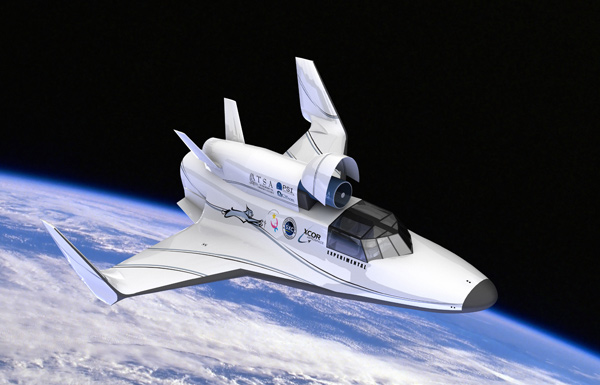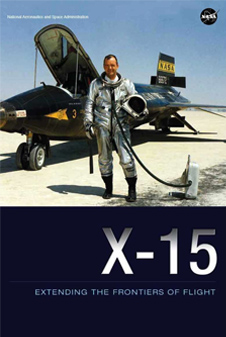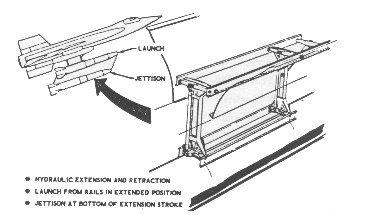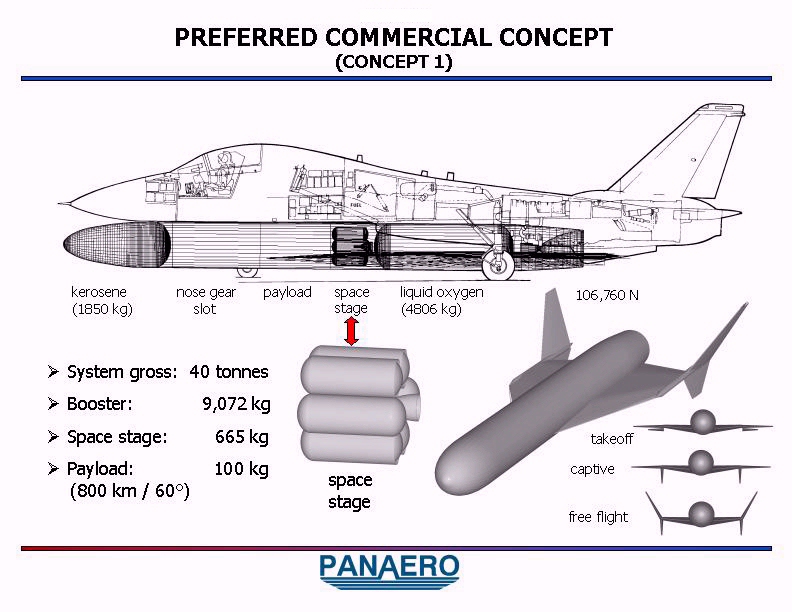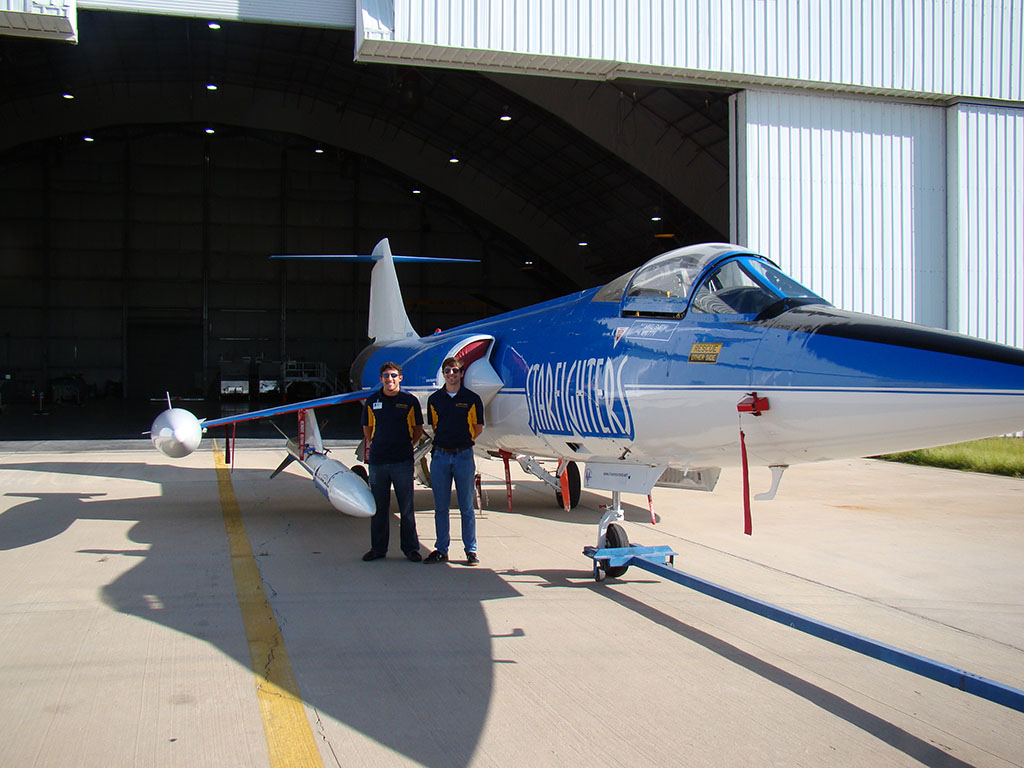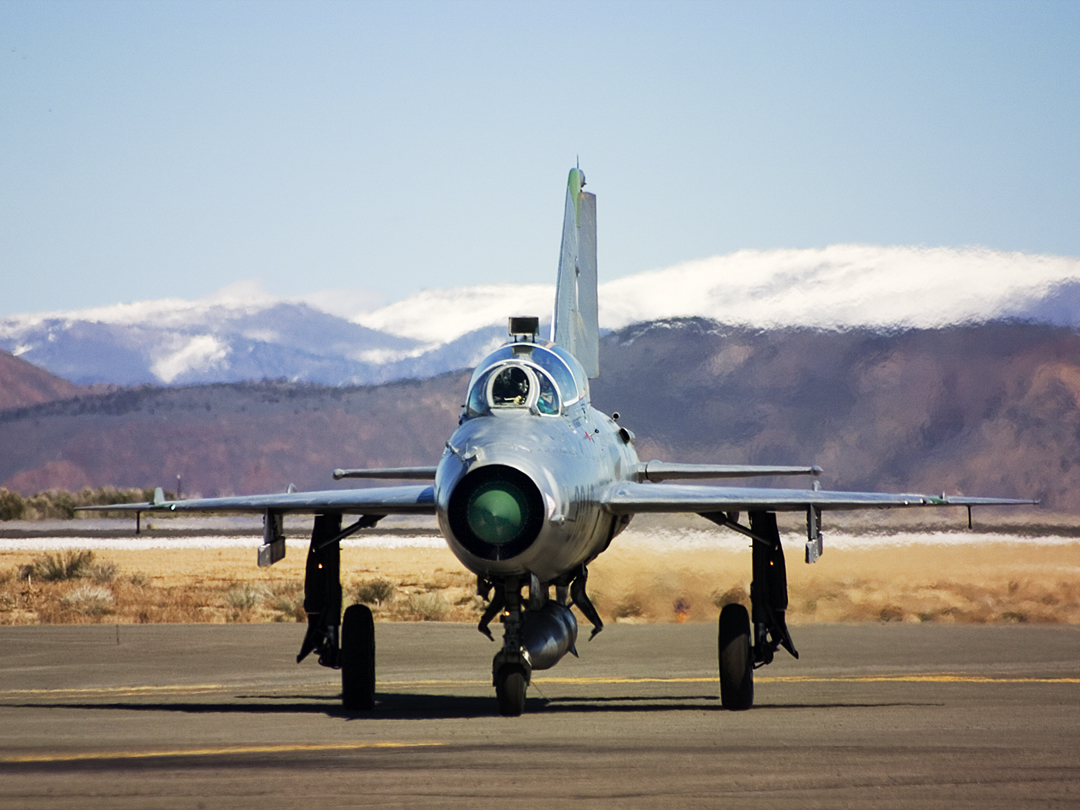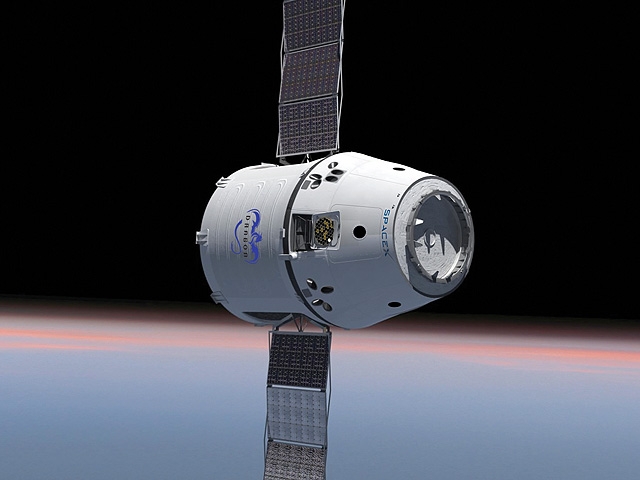As SpaceX prepares for the first commercial docking with the International Space Station, the race to develop crew and cargo resupply vehicles continues to heat up. Emerging space companies like SpaceX, Blue Origin, and Sierra Nevada are competing against one another and against established companies like Orbital Science and Boeing. Now, competition has reached the point where two divisions of the aerospace giant are competing against one another.
Boeing is hard at work developing the CST-100 capsule under the NASA Crew and Cargo Development (CCDEV) program.

Late last year, it was revealed that another Boeing crew and cargo vehicle may be in the works. At the American Institute of Aeronautics and Astronautics’s Space 2011 conference in November, Boeing’s Arthur Grantz revealed that the company is studying a new derivative of the Boeing/USAF X-37B. The new X-37C would be 65-80% larger than the current B version. Launched by an Atlas V rocket, X-37C could carry pressurized or unpressurized cargo or 5-6 astronauts. Grantz is chief engineer in charge of X-37 at the Boeing Space and Intelligence Systems Experimental Systems Group .
One advantage of the winged X-37C would be its gentle 1.5-gee reentry profile. The soft return would benefit astronauts who are deconditioned by long-duration missions in weightlessness as well as those who must be evacuated for medical reasons. Astronauts would normally ride in aircraft-like seats but the design includes provisions for transporting one astronaut on a stretcher. Fragile hardware, such as the results of biological or materials-processing experiments, would also benefit.
The X-37C seems like a dark horse at the moment, since CST-100 is already in development and receiving funding under CCDEV, but rumors say that NASA is considering extending the life of the International Space Station again, to 2028. If that happens, the chances for new entries in the CCDEV race are likely to improve. X-37 could also carry citizen space explorers to a Bigelow space station and other Low Earth Orbit destinations in the future.
This type of internal competition is a sign of a healthy industry. In the commercial world, a good company is always trying to make its own products obsolete (before an external competitor does it for them).
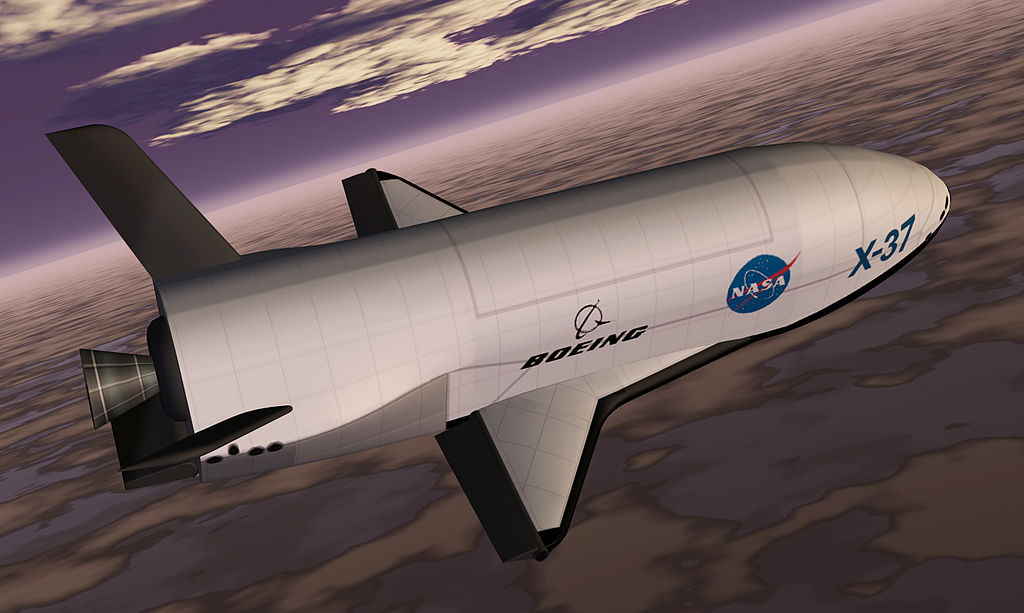
X-37 began as a NASA program in the late 1990’s. NASA funded the development of two vehicles. One vehicle, called X-40, was designed for approach-and-landing tests with a CH-47 helicopter used as the drop aircraft. The slightly larger X-37A was designed to go into space but never made it. The program was canceled and X-37A was mothballed for several years until the Defense Advanced Research Projects Agency (DARPA) took it over. X-37A was then used for additional approach-and-landing tests, using Scaled Composite’s White Knight (originally built to carry SpaceShip One) as the drop aircraft.
Finally, in 2006, the US Air Force decided to proceed with orbital tests of the X-37. It was decided that the original X-37 was not adequate for this purpose, so a new version, called X-37B was constructed. Two X-37B vehicles were built. The first X-37B conducted a 225-day mission in space from April 22 to December 3, 2010. The second X-37B was launched on March 5, 2011. It is expected to remain in orbit for 270 days or longer. Although X-37B is designed to be reusable, neither of the two vehicles has yet been reflows. The Air Force officially designates the X-37B as an Orbital Test Vehicle, or OTV. Various conspiracy theories claim X-37B is everything from a spy satellite to a space-weapons platform, but there’s no evidence to indicate that it is anything more than an experimental test platform as the Air Force states. The low flight rate would sam to preclude an operational role.



